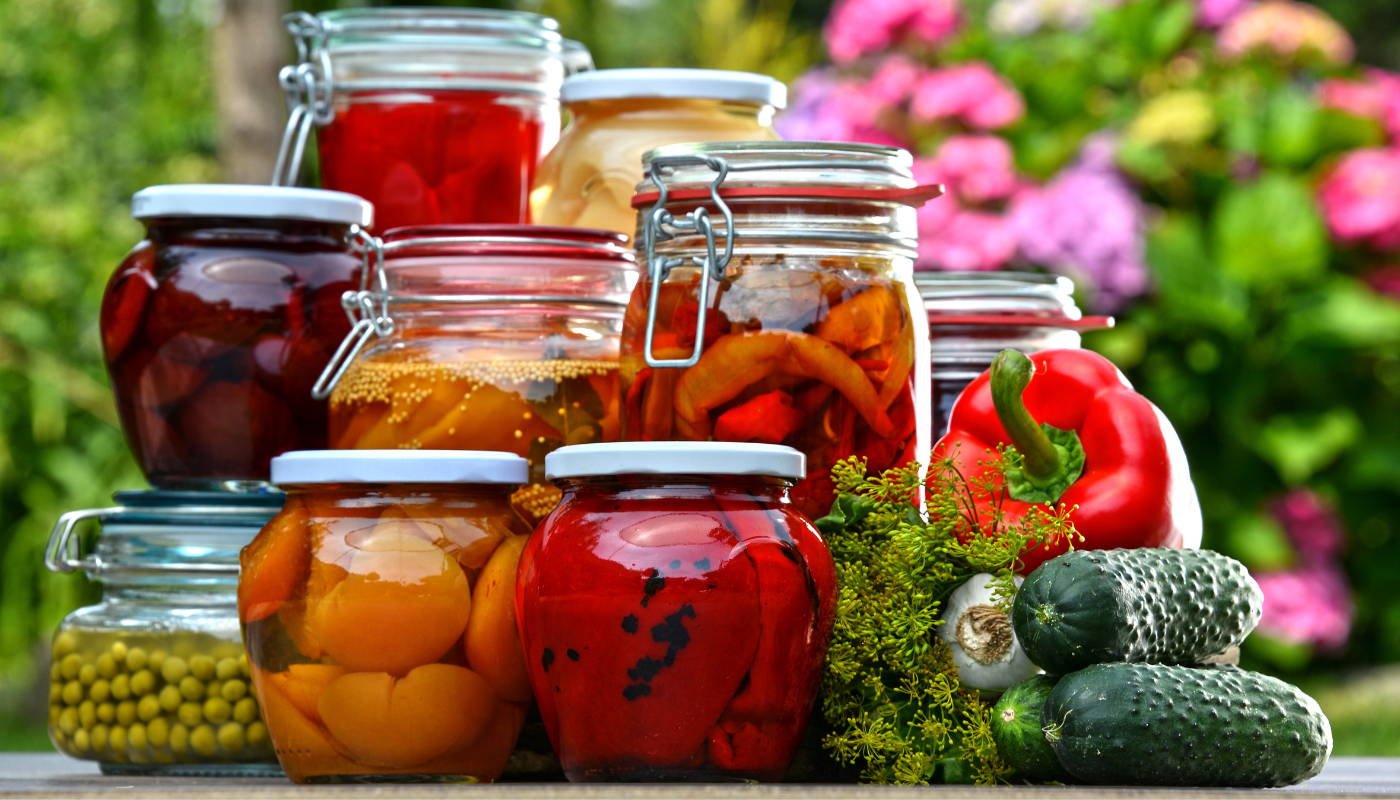What are preserved foods, what types are there and what properties do they have?
Explore the world of preserved food and discover the types, properties and the best ways to enjoy these delicious options - don't miss out!
TRIED AND TESTED
Share

Preserving food has been a major concern for mankind throughout history. From ancient drying and salting techniques to modern methods of vacuum packaging and cold storage, humans have sought ways to preserve food for later consumption. Today, preserved food comes in a wide variety of types and uses, offering practical, tasty and nutritious options for our table.
Preserved foods are foods made from animal or vegetable products packed in hermetically sealed containers. This means they retain their nutritional properties and quality and can be kept for much longer than fresh produce.
What types of preserved foods are there?
- Drying or dehydrating: This is one of the oldest methods used to preserve food. It involves removing moisture from food to inhibit the growth of microorganisms and prevent spoilage. Fruits, herbs or vegetables are dried in the sun, with hot air or electric dehydrators, thus preserving them.
- Salting: This involves adding salt to food to reduce water action and control bacterial growth. Fish, meat and certain vegetables are preserved by this process, which has been essential to many cultures throughout the ages. This method is commonly used to preserve things like gherkins and olives, as well as some types of cheese and certain meats. Salted products are used as condiments, side dishes or salad ingredients and add a unique flavour and a salty touch to food. Sometimes they may contain other ingredients such as sugar or herbs.
- Pickled: This type of preserving uses vinegar, oil and aromatic herbs. This technique allows food to be preserved for longer, as well as giving it a characteristic flavour due to the combination of acidic and aromatic ingredients. It’s usually used to preserve fish (tuna, mussels, sardines...), but it can also be used for meat. It adds depth of flavour to salads, sandwiches and main dishes, and is also very common in appetizers.
- Fermentation: This is a biological process in which bacteria, yeasts or fungi are used to transform food, creating an acidic environment that inhibits the growth of undesirable microorganisms. Foods such as yoghurt, cheese, sauerkraut and soy sauce are produced by fermentation.
- Refrigeration and freezing: Cold storage is one of the most common preservation methods today. Refrigeration slows down spoilage by decreasing the activity of microorganisms, while freezing stops their growth.
- Canning: This process involves hermetically sealing food in sterilised containers to prevent contamination. Food is subjected to high temperatures to kill bacteria and microorganisms. This method is popular for preserving fruits (e.g. in syrup), vegetables, soups and fish. It’s ideal for long-term storage and very useful in emergencies or for travel, eating outdoors or as a practical option for preparing healthy meals quickly.
- Vacuum packaging: Consists of removing oxygen from the packaging, to prevent spoilage caused by micro-organisms in the air. The vacuum reduces oxidation and keeps the food fresh, thus extending its shelf life. It’s popular for preserving fruits, vegetables, jams, sauces and chutneys, among other things. It’s ideal as a gift, for preparing large batches of homemade food or for preserving fresh seasonal produce and enjoying its flavour at any time of the year.

Properties of preserved food
- Durability: The canning or bottling process often involves sterilisation techniques that help prevent spoilage and bacterial growth.
- Convenience: They are easy to store, transport and use. They don’t require refrigeration until they are opened, making them ideal for situations where there is no access to a fridge.
- Variety: Canned fruit and vegetables, meat, fish and pulses can be canned, providing variety in your diet throughout the year, regardless of the season.
- Nutrition: Most nutrients are preserved during the cooking process and are therefore available for long periods.
- Safety: They are safe as long as they are not damaged or out of date. Hermetic seals and the sterilisation process help prevent pollutant contamination.
- Availability: Food can be eaten out of season. They can be preserved when they are at their best and enjoyed at any time of the year.
It’s important to observe best-before or use-by dates, check cans or jars for damage before consuming the contents and follow storage instructions to ensure the safety and quality of preserved foods.






